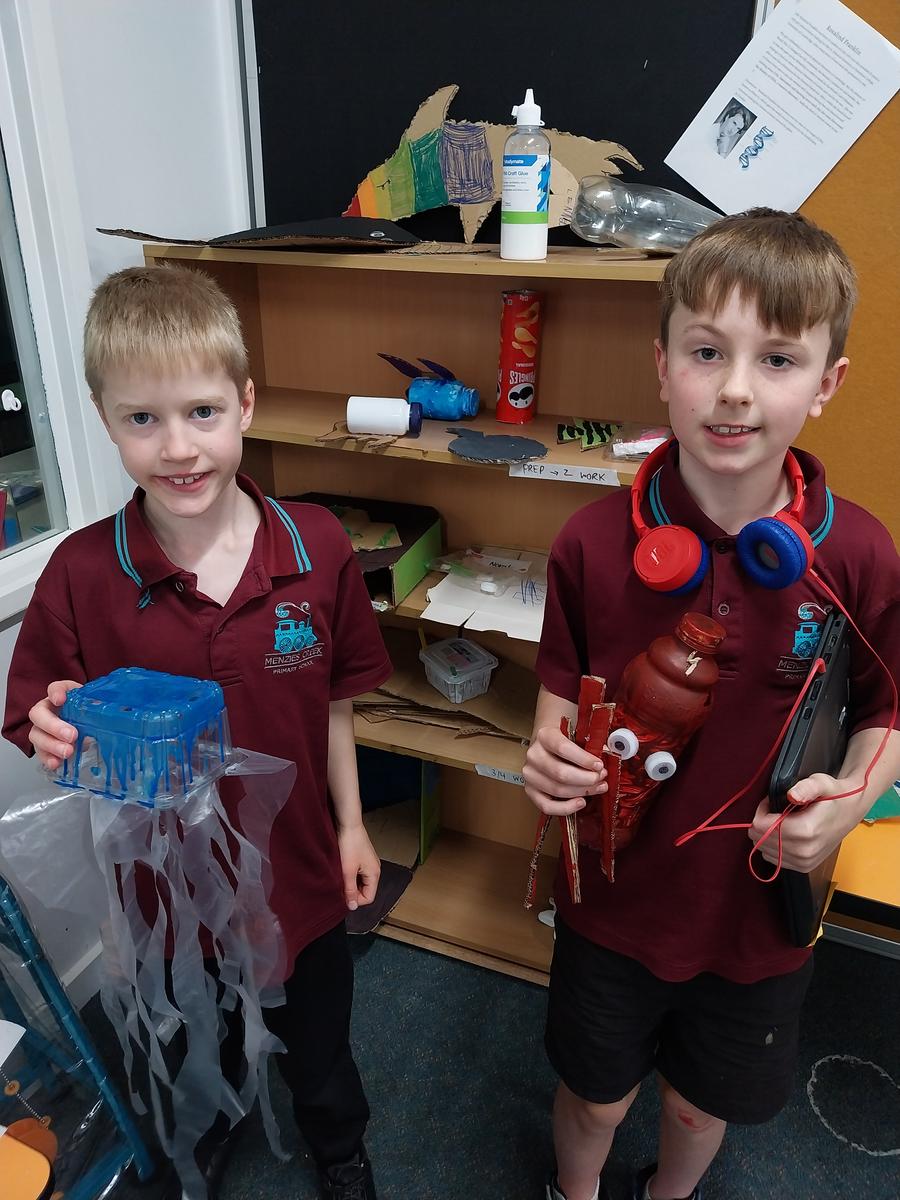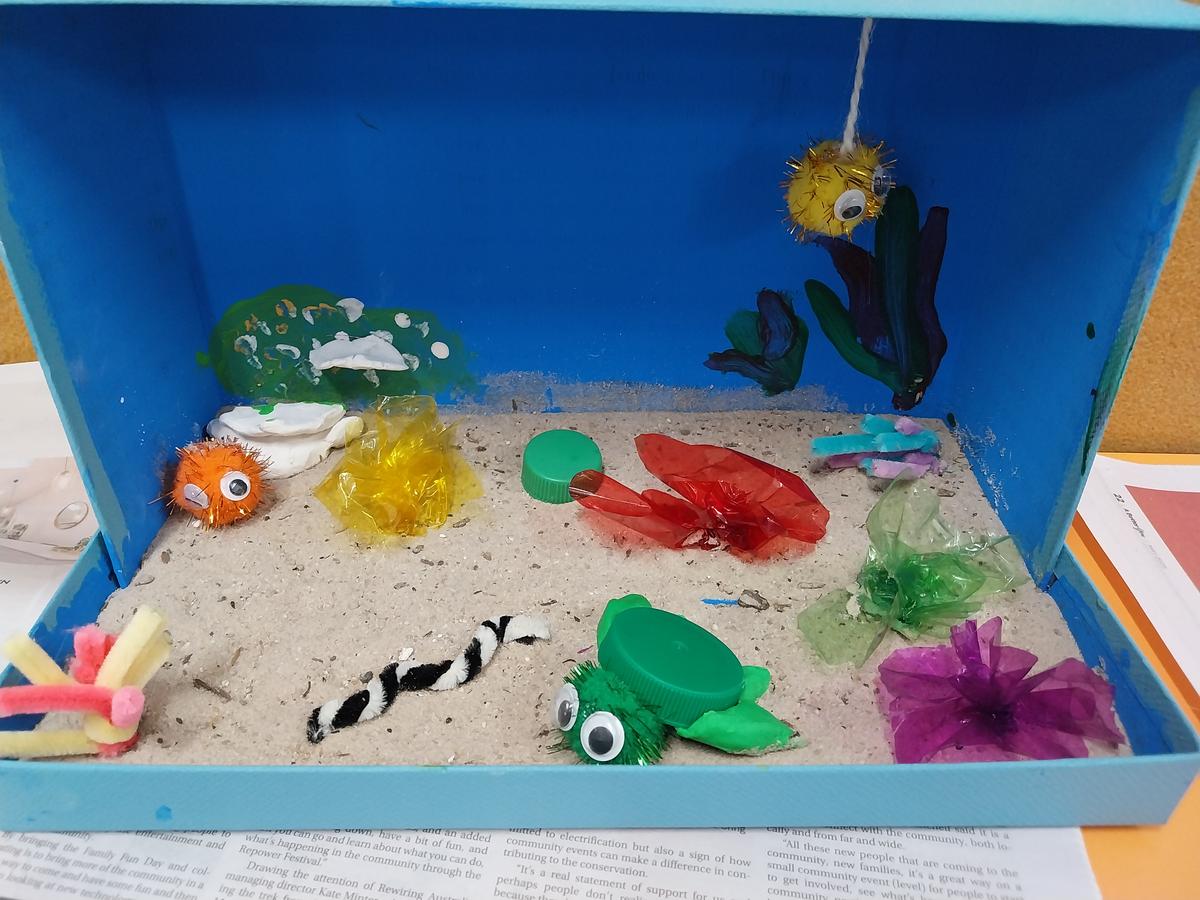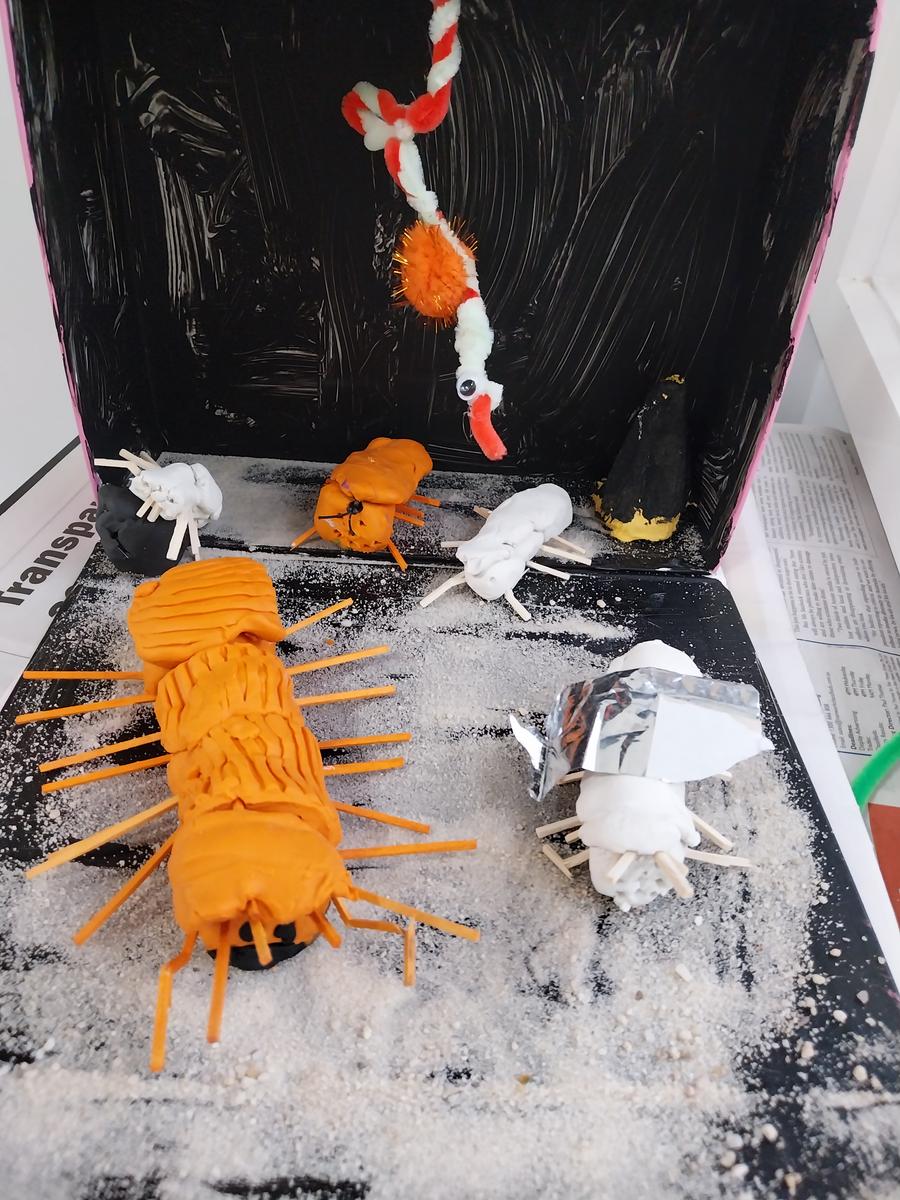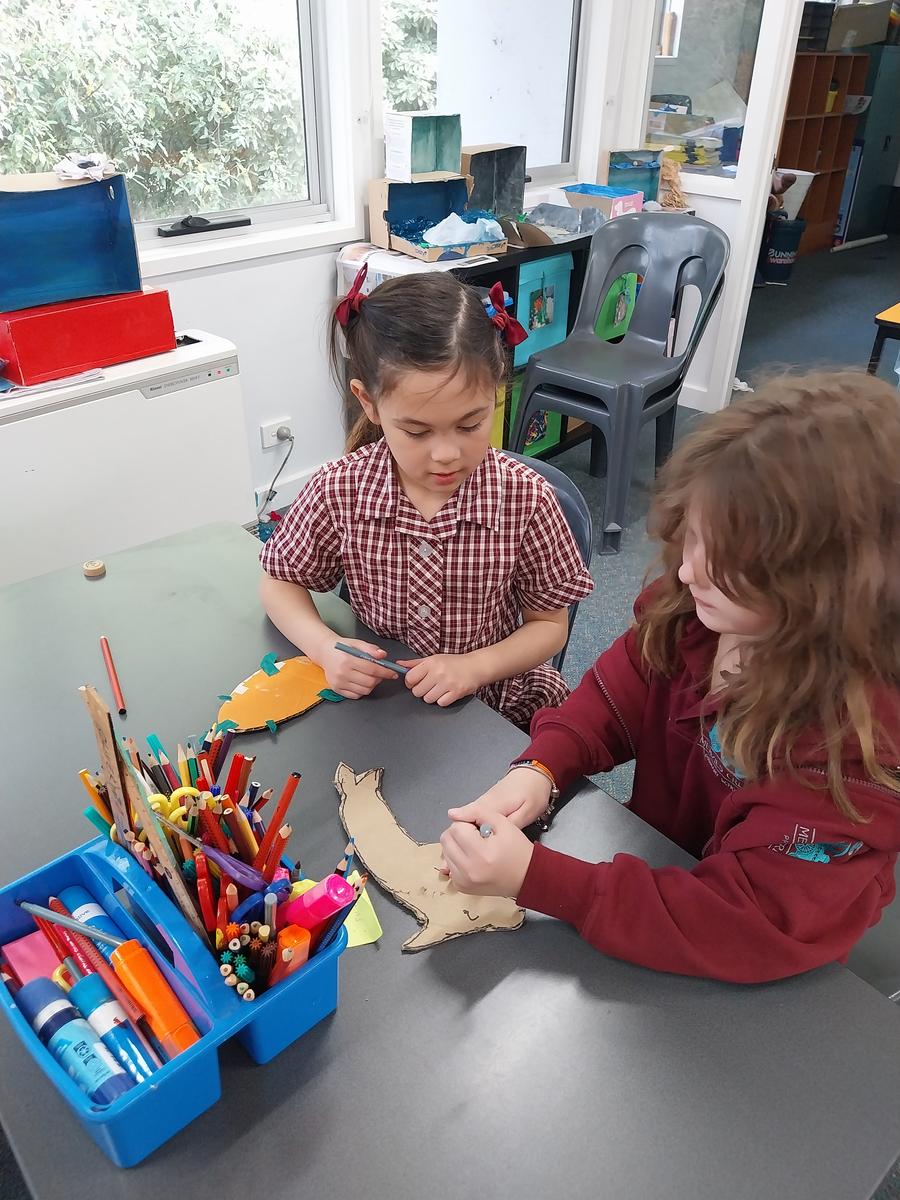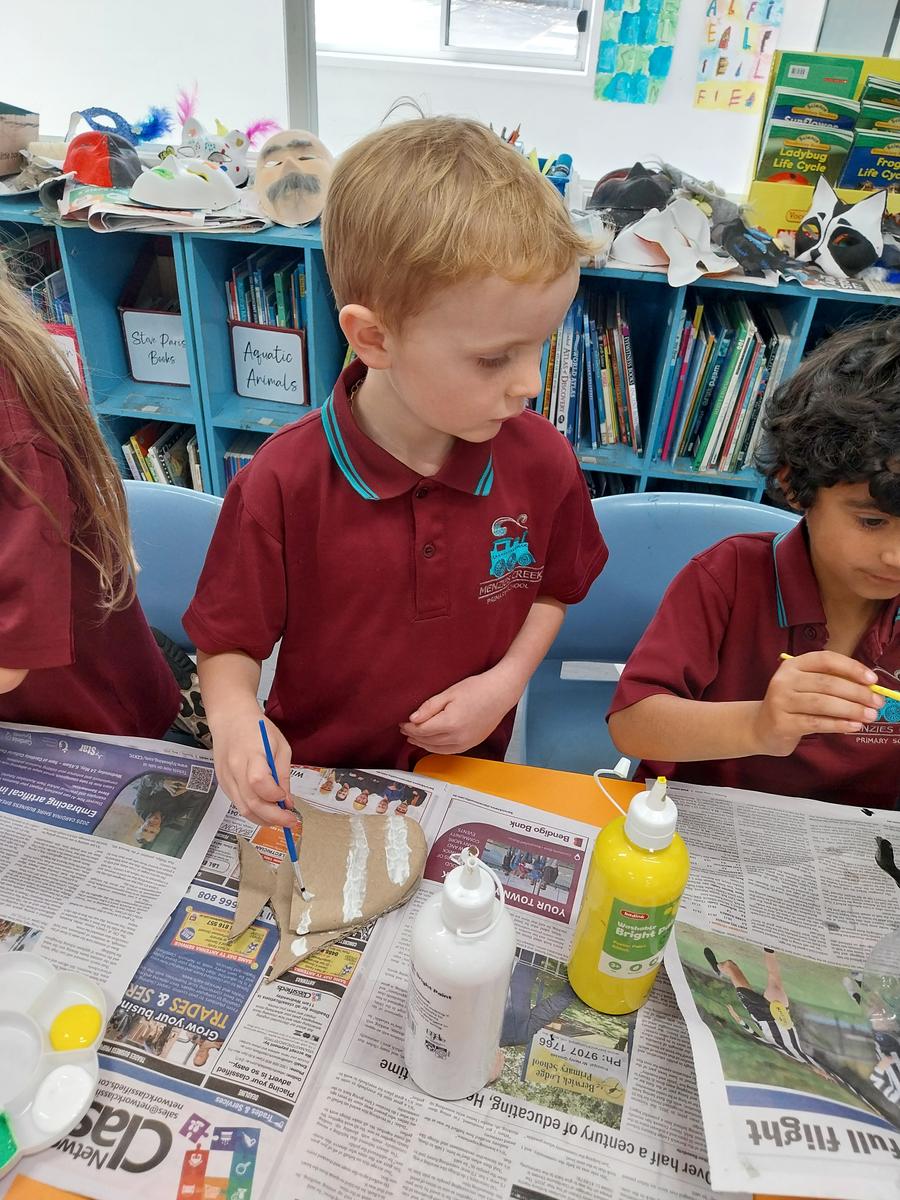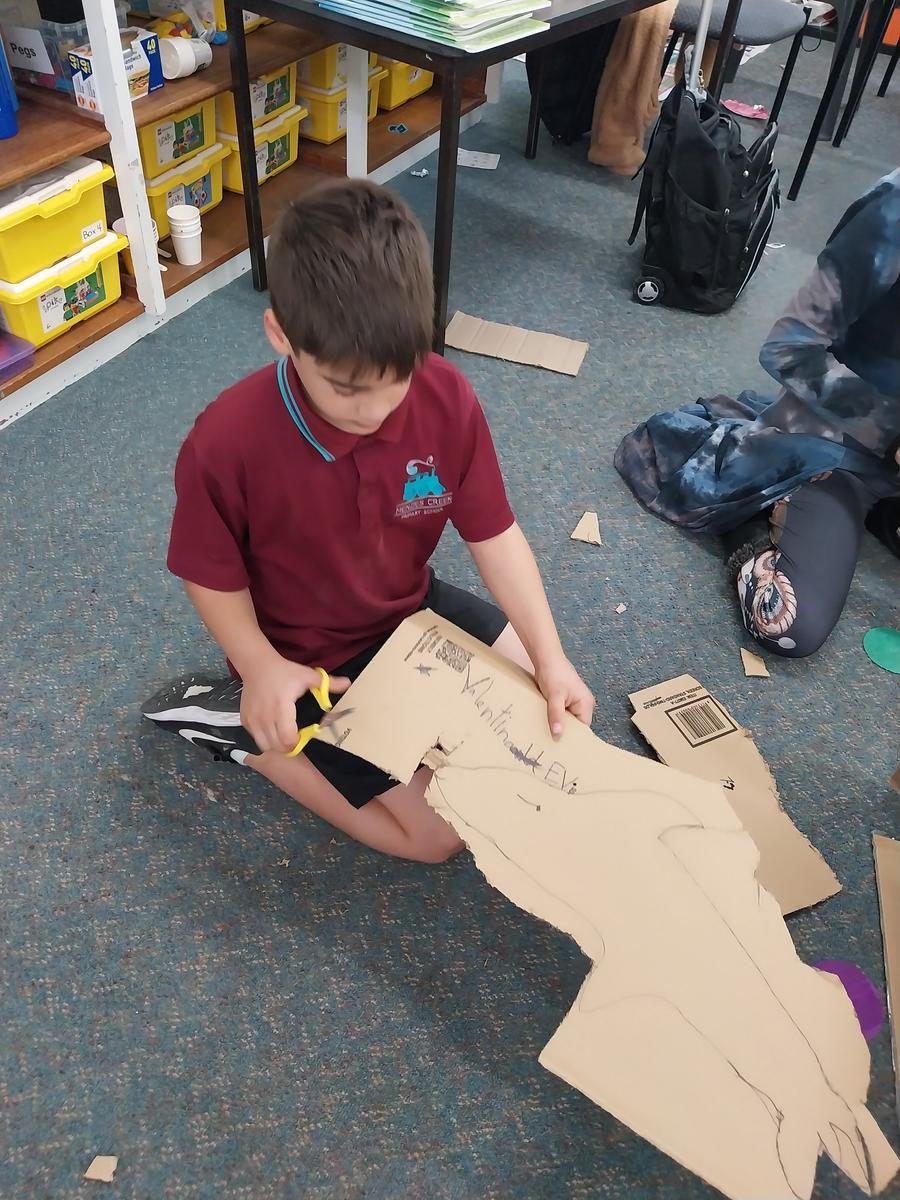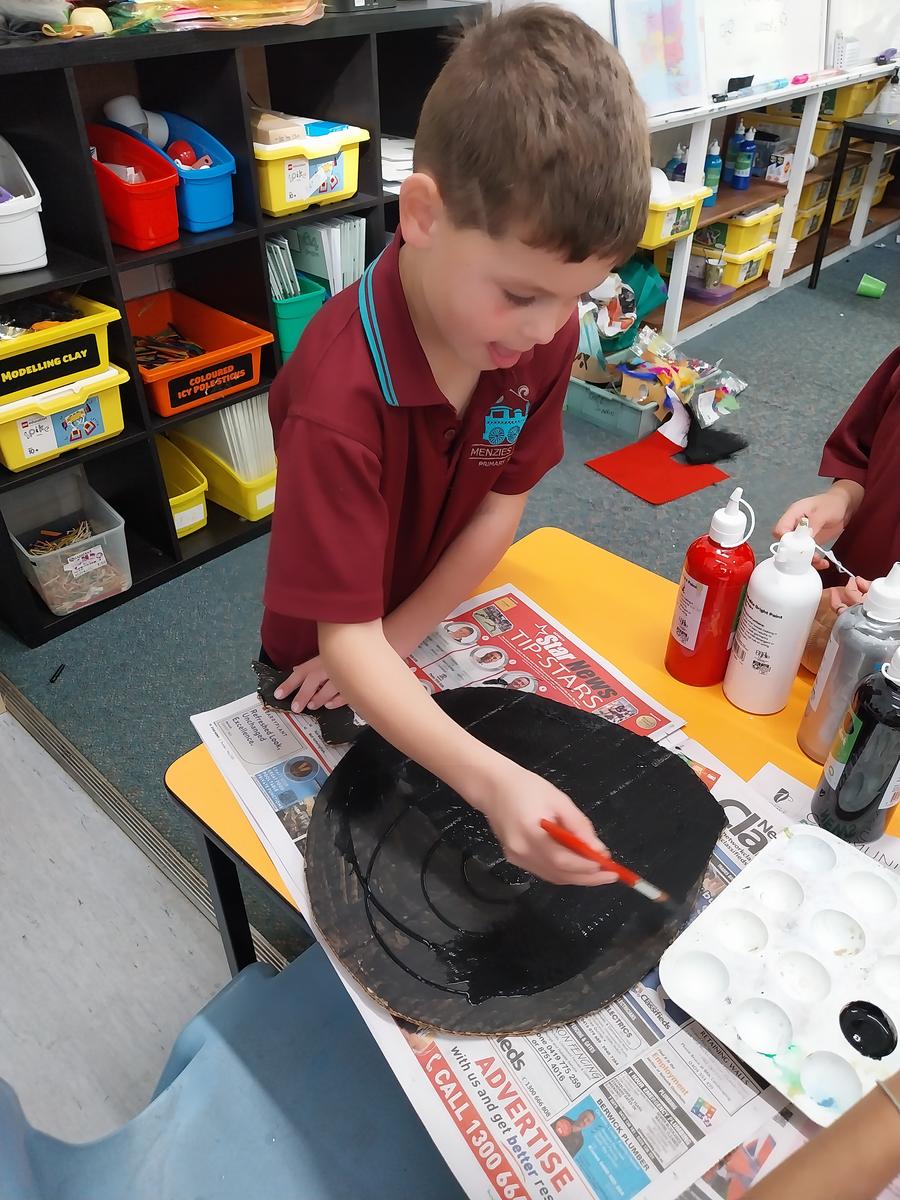STEM

Term 2 STEM update – the impact humans can have on marine ecosystems
Students from Prep to Grade 6 have been busily creating dioramas of ocean habitats and ocean animals using recycled materials, as part of their exploration into ocean pollution and sustainability. Through this hands-on project, they have learned about the impact of human activity on marine life and the importance of protecting our oceans. The students have shown great enthusiasm in discussing ways they can help, such as spreading awareness in their communities, choosing seafood with the MSC (Marine Stewardship Council) label, and adopting more sustainable everyday practices.
How can you help at home?
Only buy seafood that has been certified by MSC. Research where your food comes from and the impact that food has on the local environment. Always follow the mantra, reuse, reduce and then recycle ensuring that you follow sustainable practises wherever possible.
Why are MSC certified labels important?
The blue MSC label is only applied to wild fish or seafood from fisheries that have been certified to the MSC Fisheries Standard, a set of requirements for sustainable fishing.
Fish and seafood with the blue label comes from a fishery that has been independently assessed on its impacts to wild fish populations and the ecosystems they're part of.
All along the supply chain, MSC certified products are separated from non-certified. MSC certified seafood is accurately labelled, ensuring that seafood with the blue tick comes from fisheries that are MSC certified as fishing sustainably.
Some questions you can ask your children at home
What have you learnt about ocean habitats?
What animal or diorama are you making at school?
What can humans do to look after our oceans?
What are some of the biggest threats to marine life?
*Engaging in conversations with your child about their learning helps to reinforce the content they are exploring at school, while also strengthening the connection between home and school. This ongoing dialogue supports academic development by encouraging reflection, deepening understanding, and highlighting the value of learning across both environments.


